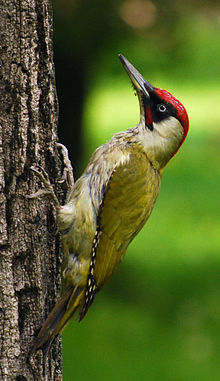My questions today were about rivers, rain and brain. Read about what I discovered!
1. Why is the river on our way to school sometimes full and other times empty? It's not to do with the rain, I know that. So why? What happens when we're not looking?

This morning we went off to find out. And we found a few of these:
These are very very big locks. When they want to clean one part of the river, or just to control the amount of water in each of the parts, they bring these locks down, and the water can't pass to the other side.
So what happens when we are not looking is that someone decides it is time to bring down the locks. I would love to see this one day!
2. Why does it rain?
When we went out this morning it was raining quite a lot. We walked all the way to Parque de San Isidro in the rain. And we wrote down in my notebook this question: Why is it raining? And then: Why does it rain?
When we got back home, I asked my mother and she explained. She said that water from the sea, lakes and rivers evaporates with the heat of the sun (like what happens when we put on a pot of water to boil to make spaghetti). And this water that turns into vapour goes up up up in the sky. High up in the sky it cools down and turns into liquid droplets again. When these droplets grow, they get too heavy and drop down. And then it falls. And then it rains. Or sometimes it snows.
3. Does our brain drive us?
I was walking along with my mother and we stopped at a zebra crossing. I suddenly said I had another question. Does our brain drive us? My mother asked what I meant exactly and I said I meant like drivers drive cars. Does our brain drive us, so that we know we have to stop at a zebra crossing for example.
My mother said that was a very philosophical question and was quite excited I had asked it.
We had a bit of a chat about it when we got back home. My mother said in a way our brains do tell our bodies to stop when there is danger, for example, and tells other parts of the body what to do. She told me when we lift a finger, our brain tells our finger to lift! I said that I thought sometimes our tummy drives us too. For example, when we are hungry. My mother said what drives our body and our mind is very very interesting and she said she thought some people might have some interesting things to say about this on the blog. So I hope she's right and you make a comment if you have other interesting things to say.
That's it for today. I hope you've liked my questions.
When we were out, I also drew this picture of a three-eyed monster in my notebook:










